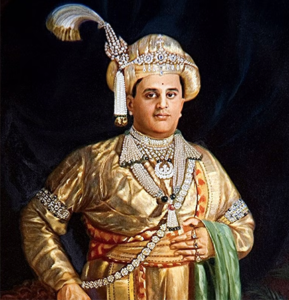It's been many years since we heard the precarious recording of Richard Strauss's Vier letzte Lieder, made at their premiere — or dress rehearsal? — on May 22, 1950 in London. Kirsten Flagstad was the performer — chosen by Strauss himself — accompanied by the Philharmonia conducted by Furtwängler.
Comments on the origins of the recording abounded, most of them attributing the initiative to Walter Legge, head of the Philharmonia, rather than to the BBC.
A press article, which has gone completely unnoticed, shed some light on the subject. It appeared in La Presse, a Parisian newspaper launched in 1836, which ceased to be a daily and then barely a weekly, disappearing altogether in 1952. The unsigned article appeared in the June 11, 1950 issue, with the headline "Un maharadjah ressuscite la musique de Strauss" ["A maharajah brings Strauss's music back to life"].
It explains how the maharajah of Mysore (Jaya Chamarajendra Wodeyar Bahadur), a patron of the orchestra, had made the concert possible by guaranteeing the income, in order to allow the posthumous premiere of the composer's last song, which had died eight months before; and concludes :
« The singer's triumph would have been complete, had the man who made it possible been present. But the maharajah, detained in his homeland by his duties as sovereign, was not in London.
It won't be long, however, before he gets to know the last four lieder on which he has spent so much money: Kirsten Flagstad's voice has been engraved in wax, and the discs have been flown the day after the concert to Mysore, where the maharajah is waiting to grant them a place of honor in his record library, which numbers no less than twenty thousand recordings. »
(Source Gallica/BnF)

